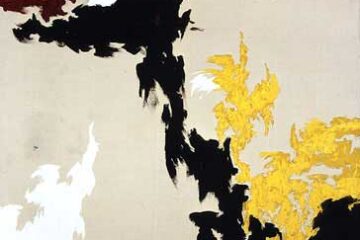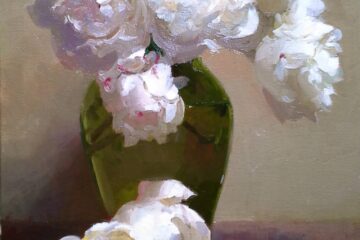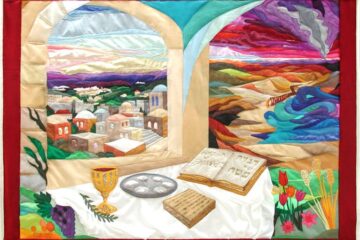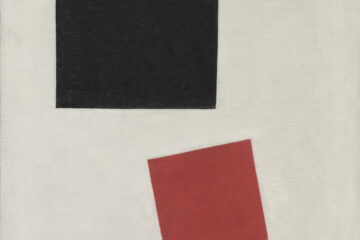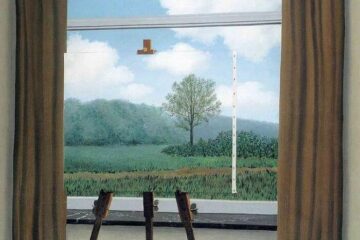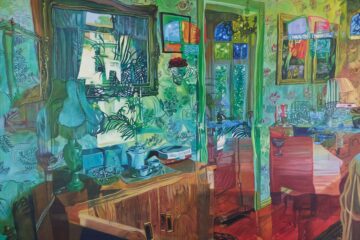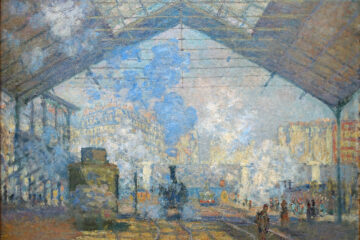Revelation is not the source of new insights. It is induced by an openness we have for a revisioning of who we are and what a community can become.
View the study sheet here. Recording here.
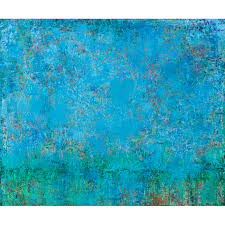
Work and play. Task and joy. They often present themselves as conflicting activities. We may sense that one of them needs to be sacrificed so that we can engage in the other. And all too often we may associate work with practical responsibility and play with non-productive time away from responsibility. Recently, neuroscientists and computer scientists, especially those involved in A.I., have begun to explore how work and play can integrate to expand human and system capacities to become both more aware and more productive.
Alison Gopnik is a professor of psychology and philosophy at the University of California, Berkeley, where she runs the Cognitive Development and Learning Lab. She is also part of the A.I. working group there. Her recent research has focused on what she terms the “explore versus exploit” tradeoff: the ability to explore as many options as one can versus the ability to quickly and efficiently commit to a particular option and implement it. One activity is more associated with children and the other with adults.
Neuroscience research points to the different ways a child’s brain and an adult’s brain work. A child’s brain has greater plasticity. Its development is characterized by making many, many more new connections. An adult’s brain creates longer and more efficient connections. A child is less able than an adult to efficiently implement a chosen process. An adult tends to become more restricted in considering alternative ways of doing things.
Robotics scientists study how to create programs that promote both innovation in approach and efficiency in execution. Programming in play time is an important factor in robotic systems achieving that. For human beings, Professor Gopnik has written, a critical element to introducing a sense of innovation to adult life is a sense of awe, where “everything around you becomes illuminated. And you yourself sort of disappear.” Old paradigms dissolve. New possibilities present themselves.
Freeing oneself from old patterns, from absolute certainty about what will work best, and opening up to different ways of doing things has been at the core of modern art. Tracy Everly is a contemporary representational painter. To shed expectations and presumptions is a key part of her artistic process. “When I paint,” she writes, “I ‘begin without beginning.’ Another way to say it is to ‘begin without knowing.’ This approach is opposite of the advice to ‘begin with the end in mind,’ or to know where you’re going before you start.”
Everly refers to the Zen Buddhist concept of shoshin to explain her process. It means “beginner’s mind.” “This is the single most important mindset I try to employ when I paint, It means having an attitude of openness, eagerness, and lack of preconception…Paint what you see, not what you think you know.”
The concept of beginner’s mind was introduced to the West in the writings of Shunryu Suzuki, particularly through his book Zen Mind, Beginner’s Mind. In it he writes, “In the beginner’s mind there are many possibilities, but in the expert’s there are few.” Suzuki suggests that open-mindedness can foster development of new skills, better decision-making tactics, and greater empathy. The explore-exploit tradeoff can be overcome.
Ruth Feldman became a full-time artist after working many years as a Jewish Early Childhood Educator. She is inspired by Jewish texts, her experiences with which she expresses in abstract forms on canvass. Her paintings are not meant as visual translations of the text. They are explorations of what else is there. As with a rabbinic midrash, she plays with the text to uncover more than the evident. “I paint not what I see,” she writes, “but rather what I don’t see.”
To paint is to discover connections, identified by Professor Gopnik as a particularly child-like neuro process. The awe Feldman experiences through her spiritual practice inspires her to visually describe the connection of devekut, that with “our Creator.” It is an attachment that is experienced as “a piercing [of] Shamayim (the Heavens) allowing for a reciprocal process of the Shefa (flow) of Holiness and Blessing to be released.”
Pictured here is her painting The Waters of Abuhav. Abuhav refers to the Abuhav Synagogue in Tzfat, Israel. It is named after a great 15th century Spanish kabbalist and rabbi. According to one tradition, Rabbi Abuhav designed it according to kabbalistic teachings while in Spain, which his followers then built in Tzfat upon their arrival. Another tradition holds that it was built in Spain but transported over night to Israel upon the expulsion of Rabbi Abuhav’s disciples from Spain.
The rich blue speaks of sky and sea merging, an overcoming of separation. The image carries within it the legend of the synagogue’s midnight flight, its escape from a site of persecution and its finding a home in Israel, the land of promise. It is playful, fanciful. It is serious, profound. Feldman exercises her child-like sense of wonder to experience possibilities beyond those prescribed by adult certainty of what is real and what is not.
Parshat Mishpatim (“laws”) combines adult responsibility with child-like fantasy. In it are prescribed serious matters dealing with the treatment of slaves, damages, loans, lost property, the Sabbatical year, and the elimination of idolatry. Yet, as serious a commentator as Rashi points to a midrash which tells us that a section of the portion is out of order. The verses are scrambled. A dozen of them actually describe a moment before the giving of the Ten Commandments, which happened in last week’s portion.
That moment involves Moses reading a text that the midrash identifies as a narrative covering the history of the world from Creation to the present moment. In response, the Israelites cry out, “All that God has spoken we shall do and we shall hear!” That affirmation is not of the Ten Commandments, according to the midrash. It is of pre-Ten Commandment instructions. Their assertion “we shall do and we shall hear!” is a readiness to go beyond what has been decreed. It is an expression of readiness to transcend the pragmatic and transactional.
The 18th century Hasidic rabbi Kalonymus Kalman Epstein sees this as a moment when the people understand the inadequacy of past traditions and are ready to embrace a new way. He writes, “Before the process of Revelation begins, there is a spontaneous understanding that their relation to law has been inadequate. There is a resolve to imbue old forms with new meanings, as the expression of God’s will. They realize they have done nothing, for all was habit and convention.”
Freedom’s journey is not just an escape from imprisonment by others. It also requires a release from one’s internal limitations on one’s own development: one’s biases, presumptions and absolute certainties. An artistry is at work here. The poet e. e. cummings wrote, “The Artist is no other than he who unlearns what he has learned, in order to know himself.”
And a playfulness is also at work here. The wildly innovative artist Pablo Picasso said, “Every child is an Artist. The problem is how to remain an Artist once we grow up.” Torah invites playfulness as a source of life and its renewal: “If Your Torah had not been my plaything, I should have perished in my affliction” (Psalm 119:92).
Midrash shares that the angel Lailah is a teacher of souls before their birth. She lights a candle allowing the spirit to see from one end of the earth to the other and teaches the spirit the entire Torah. As soon as the infant is born, Lailah kisses the child’s lip and the child forgets everything.
Birth, and birth anew, involves a beginning mind. Torah offers both play and responsibility. It helps us to be constantly both child and adult.
Join us here at 7:00 p.m. (PT) on Thursday February 20 as we explore beginning mind.
Painting The Waters of Abuhav by Ruth Feldman


